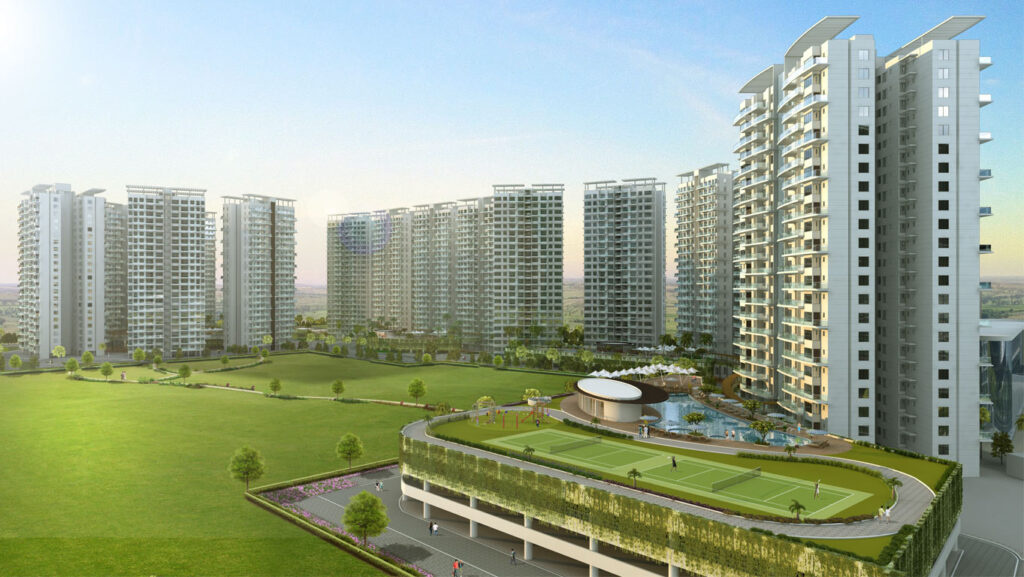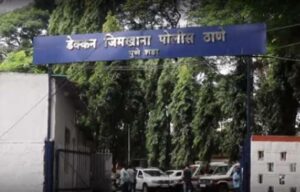Pune’s real estate market ranks among the top performing ones in India

Pune, 4th December 2019: Pune is one of the best performing cities in India along with Mumbai and Hyderabad during the first nine months of 2019, as it has surpassed the aggregate residential sales of the same period in 2016 (the pre-demonetization phase), according to the latest JLL report on Pune titled JLL’s Tour of India’s Top Residential Hotspots – Pune Edition, released today.
The report adds, the Quality of life index across various micro-markets along with growth in the office sector has been driving the residential sales in the city. According to the report, about 33% of the residential launches in Pune were in the North-West submarket, especially in locations such as Balewadi, Mahalunge and Wakad. Strong growth in office real estate in Baner-Balewadi has been driving the residential demand and launches in its vicinity. Price appreciation for residential assets remained range-bound at 3% Y-O-Y at the end of Q3 2019.
The top residential markets identified in the report are Mundhwa and its neighbouring locations like Kharadi, Wagholi and Keshav Nagar in the Eastern part of Pune and in the West, Bavdhan with micro-markets in the vicinity like Balewadi, Mahalunge and Wakad. These locations are likely to witness robust residential demand soon.
Some of the prominent factors which are driving residential demand are enumerated below:
A) Proximity to Business Hubs
Mundhwa and Keshav Nagar are located in between the two key office hubs of Pune – Magarpatta and Kharadi. The North Eastern corridor has ~35 mn sq ft of built stock and the current vacancy levels are below 5%. In addition, the future stock is ~28 million sq ft which is predominantly being planned within Nagar road, Mundhwa and Kharadi. All of the above is likely to fuel residential demand in a big way.
Similarly, Bavdhan and Wakad locality is strategically located in the western corridor. The Western corridor has ~31 mn sq ft of built stock and the current vacancy levels are below 2%. In addition, the future stock is ~25 million sq ft which is predominantly being planned within the Mumbai – Bangalore Highway, Hinjewadi, Baner, Balewadi and Nanded (Pune).
B) The connectivity advantage
Key micro markets such as Mundhwa, Kharadi, Wagholi, Keshav Nagar are located in the east of Pune and is well connected by Magarpatta Road, which joins Pune-Ahmednagar Highway in the north and Solapur-Pune Highway in the south. Similarly, Bavdhan Balewadi, Mahalunge and Wakad are located on the Mumbai-Bangalore National Highway, by-passing the Pune City. Bavdhan Road serves as the main approach road for the Mumbai-Pune Expressway. In addition to this, the development of the metro rail lines and ring road will further boost demand due to improved connectivity of the locations in future.
Supply snapshot and price arbitrage
· Because of the huge influx of reputed developers, the key micro markets have been catering to the mid-income group. In recent past, there have been launches in the upper-mid income group segment too.
· The key micro markets have significant land for future development of residential projects.
Emerging locations in Pune such as Kondhwa and Wagoli will mature faster as they have the support of matured locations Viman Nagar and Magarpatta Cyber city, respectively. As locations like Viman Nagar and Magarpatta Cyber city are likely to witness saturation in real estate development, the demand is expected to gradually spillover to locations like Kondhwa and Wagoli. The latter will have the advantage of leveraging on the good physical and social infrastructure in saturated markets. Moreover, the current price arbitrage will work in favour of homebuyers. These locations are likely to witness increased demand.
However, this price arbitrage is likely to increase due to the increased demand. Wagoli is already experiencing the same phenomenon as being close to Viman Nagar.
Currently, 4.54 lakh residential units are delayed or stalled in the top seven cities in India. Delhi and Mumbai together hold a lion’s share of 84%. Pune holds a share of only 3.6%.
Please Note: Chennai and Hyderabad are the cities comparable to Pune and they hold a share of less than 2% in delayed or stalled residential units in India. Pune has seen a delay in projects of mid income segment, while most of the metro cities in India saw a delay in upper middle income and premium category projects. However, it looks like the city developers have already taken cognizance of this fact and we have observed a 43% drop Y-o-Y in launches of units priced below 75 lakh.







